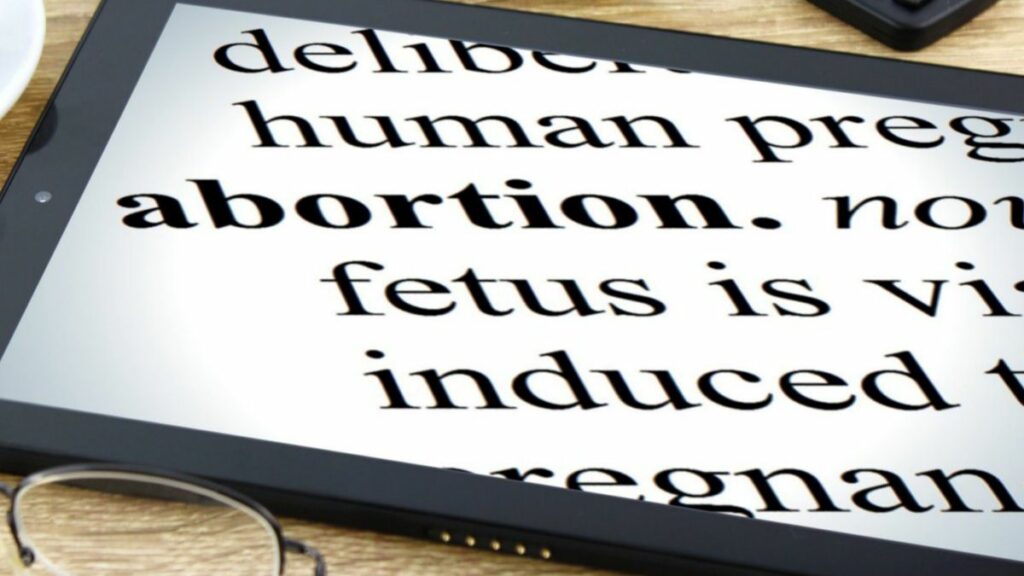Abortions in England continue to rise, reaching a record-high number in 2020. The annual report recently presented by the British government provides the chilling data.
Despite the lockdown due to COVID-19, as many as 209,917 women in England and Wales had abortions last year. This is the highest figure since the UK liberalized abortion in 1967. It also constitutes the highest abortion rate: 18.2 abortions per 1,000 women of childbearing age. While the report does not include Scotland and Northern Ireland, the Scottish figures for 2020 are similar to those in England. In fact, Scotland also recorded the highest abortion rate ever.
It should also be pointed out that the figures do not refer to the number of aborted children, but to the number of women who have had abortions. Therefore, since some women were pregnant with more than one child, the number of aborted fetuses is even higher.
From a demographic standpoint, 81% of women who had abortions in England and Wales in 2020 were single; a proportion which has remained unchanged over the last decade. As many as 51% of them are single with partners.
Moreover, while abortions continue to decline among underage girls, they are on the rise for all other age groups. It’s a trend that can be observed in all Western countries and explained by two phenomena: online socialization of the young and the normalization of abortion in the rest of the population.
Nowadays, young people have less actual, live contact. They mostly socialize on the internet and as a result, there are fewer underage pregnancies and abortions. On the other hand, the legalization of abortion in much of the West over the past fifty years has led to the normalization of this procedure, which is why the termination of pregnancy is perceived by many simply as a method of birth control.
According to the report cited above, more than half of women over 30 who aborted their babies in 2020, had already had abortions in the past. Ten years ago this figure was 44%. This means that repeat abortions are increasingly common.
However, 2020 was an exceptional year and the UK Government’s report for England and Wales gives a clear idea of the impact of COVID-19 on the voluntary termination of pregnancy.
In the first three months of the year (before lockdowns and restrictions) the number of women having abortions was up 4.1% relative to the same period the previous year. After a sharp spike in April (+28.7% from 2019) following the first lockdown, there was no substantial difference in the other months compared to the previous year (+0.1%). In the fourth quarter, (October–December) there was a slight drop of 0.8%. But if we compare the two years, there was in fact a total increase of 1.2%. In short, the numbers are growing while the fallout from the novel coronavirus has slowed the growth just a little.
Another consequence of the pandemic is the decline in selective abortions that are carried out to reduce the number of fetuses in case of multiple pregnancies, which usually occurs after a cycle of assisted fertilization and is euphemistically called “selective reduction”. Several artificially conceived embryos are transferred into the woman’s uterus and when the number of implanted embryos that survive is greater than the number of desired children, some of the babies are selected and removed (i.e. killed). In England, there has been a drop in the number of such cases from 126 in 2019 to 65 in 2020. This is a significant decrease, which can be explained by the fact that, during the pandemic, many IVF services were forced to close or reduce their activities.
Women from abroad also have abortions in England, and the majority of these are Irish. Although the numbers have dropped significantly since Ireland decriminalized abortion in 2019, the UK government’s 2020 report records 194 women living in Ireland among those who had abortions in England and Wales. One third of these terminations involve fetuses with non-fatal disabilities. In Ireland, abortion is available up to week 12, but these conditions are often diagnosed after this legal deadline, which is why women who want an abortion still go to England or Wales.
Although the total number of Irish women coming to England for abortion has halved since 2019, the number of aborted babies with Down’s syndrome has continued to rise. There were 17 of such abortions in 2018, 27 in 2019 and 35 last year. Even among British women they rose by 6% in a single year. This is partly explained by the fact that more and more women are making use of prenatal screening, which can diagnose chromosomal or genetic abnormalities. But the rise in the suppression of children with Down’s syndrome is also a consequence of the liberalization of abortion, which is increasingly used for eugenic reasons–that is, to eliminate those human beings who are considered imperfect.
British atheist Richard Dawkins, speaking on Irish national radio a few months ago, argued that aborting babies with Down’s syndrome would decrease suffering in the world. As for those who were scandalized by these words, he correctly reminded them that this is a common practice in the West. The aforementioned annual report of the British Government gives a very sad picture of the situation. More and more British women are having abortions, and doing so repeatedly.
Eugenics is on the rise, and so is selective abortion. These data confirm that attempts–typical in England–to decrease abortions through the promotion of contraception and sex education have failed miserably. It takes much more than that. We need a profound cultural change, and these extreme numbers should shake consciences and make people think.
